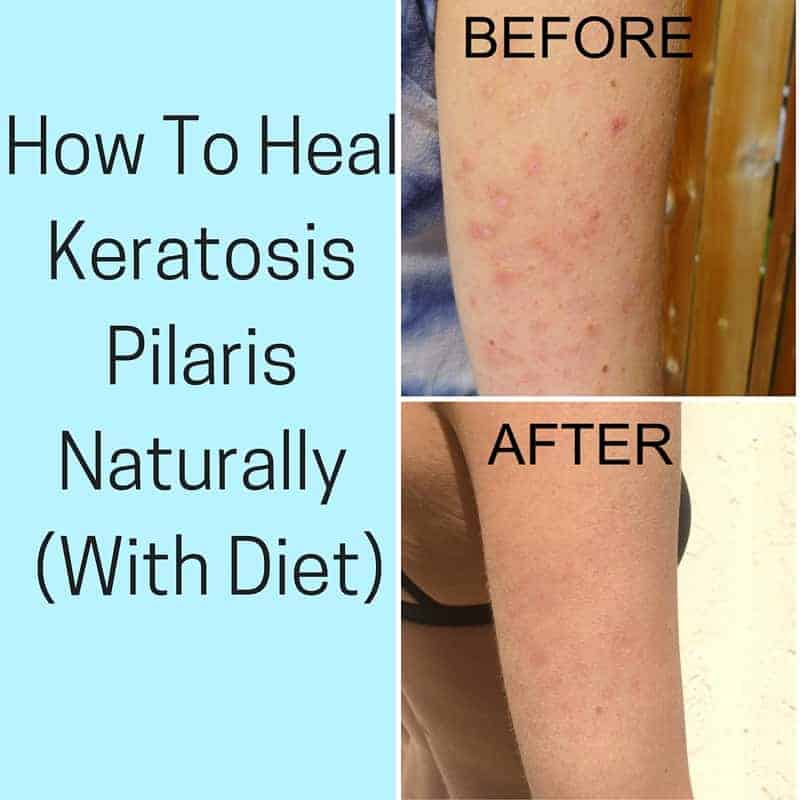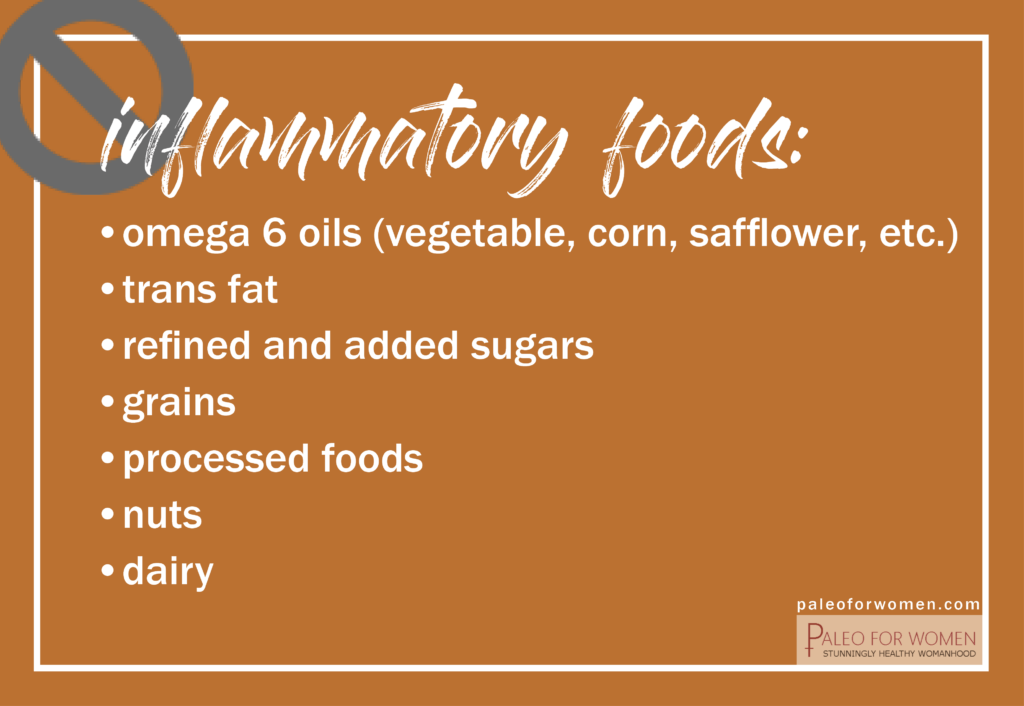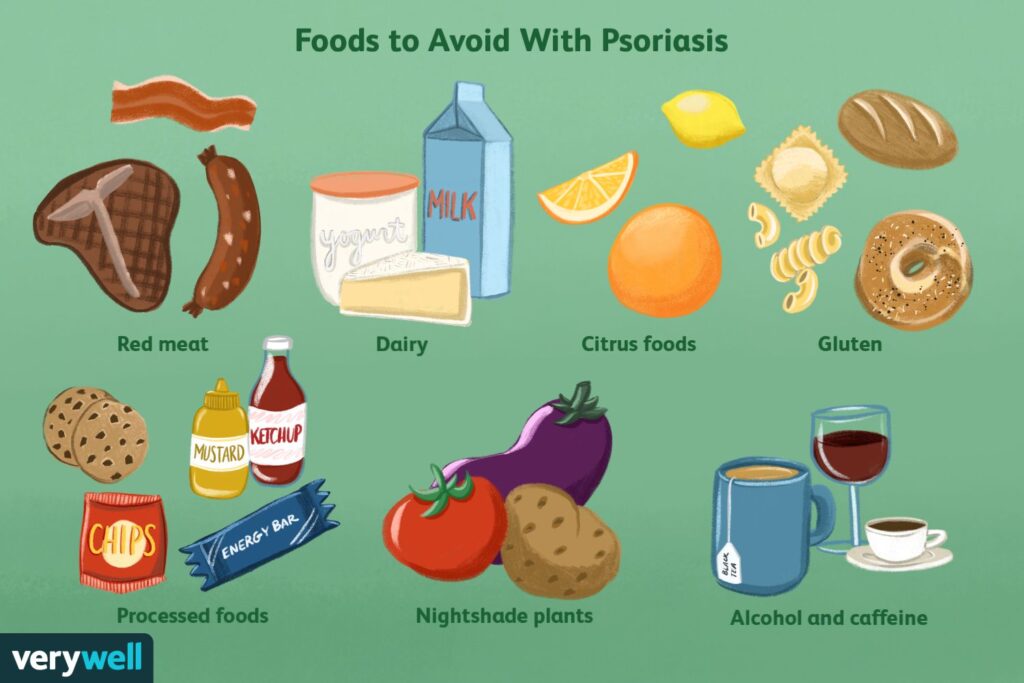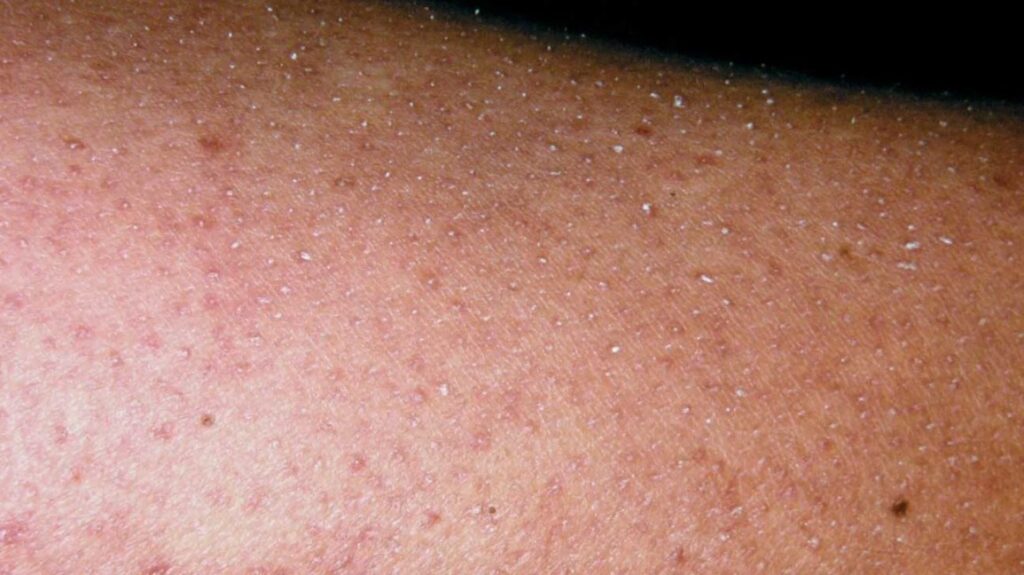If you’ve ever been frustrated by those small, rough bumps on your skin known as keratosis pilaris, you’re not alone. But did you know that what you eat can actually have an impact on this common skin condition? The link between diet and keratosis pilaris is a topic that has been gaining attention, and understanding what foods to incorporate and avoid may just be the key to smoother, clearer skin. So, grab a snack and let’s explore the delicious ways to improve your skin health!

Understanding Keratosis Pilaris
What is Keratosis Pilaris?
Keratosis Pilaris, commonly referred to as “chicken skin,” is a common skin condition characterized by small, rough bumps on the skin’s surface. These bumps are often red or flesh-colored and typically appear on the upper arms, thighs, buttocks, and occasionally on the face. While the condition is harmless and non-contagious, it can be cosmetically bothersome and can sometimes cause itchiness or dryness.
Causes of Keratosis Pilaris
The exact cause of Keratosis Pilaris is still unknown, but it is believed to be related to the buildup of keratin (a protein that protects the skin) within the hair follicles. This buildup causes the skin cells to clog the follicles, leading to the formation of small bumps. Keratosis Pilaris is often associated with other skin conditions, such as eczema or dry skin, and tends to run in families.
Symptoms of Keratosis Pilaris
The most common symptom of Keratosis Pilaris is the appearance of small, rough bumps on the skin. These bumps are often described as feeling like sandpaper or goosebumps. They may be accompanied by redness, dryness, or itchiness. The severity of symptoms can vary, with some individuals experiencing minimal bumps and others having more widespread involvement.
The Role of Diet in Keratosis Pilaris
Link Between Diet and Skin Health
Research has shown a clear link between diet and skin health, including the development and management of skin conditions like Keratosis Pilaris. By nourishing the body with a balanced diet rich in essential nutrients, you can support healthy skin from within. Certain food choices have been found to be particularly beneficial for improving the appearance and symptoms of Keratosis Pilaris.
Influence of Diet on Keratosis Pilaris
While there is no specific “Keratosis Pilaris diet,” making certain dietary modifications may help alleviate the condition’s symptoms and promote healthier skin overall. Choosing foods that are rich in particular nutrients can have a positive impact on the skin’s texture, moisture levels, and overall appearance. Incorporating these foods into your diet can be a proactive step towards managing Keratosis Pilaris.

Foods to Eat for Healthy Skin
Omega-3 Fatty Acids
Omega-3 fatty acids are known for their anti-inflammatory properties and their ability to improve skin health. Consuming foods such as fatty fish (salmon, mackerel, and sardines), chia seeds, flaxseeds, and walnuts can increase your omega-3 intake and help reduce any inflammation associated with Keratosis Pilaris. These foods also contribute to the overall health and hydration of the skin.
Vitamin A and Carotenoids
Vitamin A is crucial for maintaining healthy skin, and its deficiency has been associated with various skin conditions, including Keratosis Pilaris. Foods rich in vitamin A and carotenoids, such as sweet potatoes, carrots, spinach, kale, and apricots, can help improve the skin’s texture and promote a smoother appearance. Including these foods in your diet can also contribute to a stronger immune system and better overall health.
Antioxidant-Rich Foods
Consuming a variety of antioxidant-rich foods can help protect the skin from oxidative stress caused by free radicals. Foods like berries, citrus fruits, dark chocolate, green tea, and leafy greens are packed with antioxidants that can promote healthier skin and potentially alleviate Keratosis Pilaris symptoms.
Probiotics and Fermented Foods
Probiotics are beneficial bacteria that can promote a healthy gut microbiome and support overall skin health. Incorporating probiotic-rich foods like yogurt, kefir, sauerkraut, and kimchi into your diet can help maintain a healthy balance of gut bacteria, potentially reducing inflammation and improving skin conditions, including Keratosis Pilaris.
Hydration and Water-Rich Foods
Staying hydrated is essential for maintaining healthy skin. Drinking an adequate amount of water and consuming water-rich foods like cucumbers, watermelon, and celery can help keep your skin moisturized and improve its texture. This can reduce dryness and potential irritation associated with Keratosis Pilaris.
Foods to Avoid for Keratosis Pilaris
Highly Processed Foods
Highly processed foods often contain additives, preservatives, and artificial ingredients that can contribute to inflammation and worsen skin conditions. It’s best to limit or avoid foods like processed snacks, sugary beverages, fast food, and frozen meals as they may exacerbate symptoms of Keratosis Pilaris.
High Glycemic Index Foods
High glycemic index (GI) foods, such as white bread, white rice, sugary cereals, and pastries, can cause a rapid spike in blood sugar levels. These foods have been linked to increased inflammation in the body, potentially worsening skin conditions like Keratosis Pilaris. Opting for low GI alternatives like whole grains, legumes, vegetables, and fruits can help stabilize blood sugar levels and promote healthier skin.
Dairy Products
Some individuals with Keratosis Pilaris report an improvement in their symptoms after eliminating or reducing dairy consumption. Dairy products, particularly milk, contain proteins that may trigger an immune response and inflammation in certain individuals. If you suspect that dairy worsens your Keratosis Pilaris symptoms, consider substituting dairy milk with plant-based alternatives like almond milk or oat milk.
Gluten
Gluten is a protein found in wheat, barley, rye, and some other grains. For individuals with gluten sensitivity or celiac disease, consuming gluten can trigger an immune response and inflammation, potentially worsening skin conditions like Keratosis Pilaris. If you suspect gluten sensitivity, try eliminating gluten-containing grains and opt for gluten-free alternatives like quinoa, rice, or gluten-free oats.
Saturated and Trans Fats
Diets high in saturated and trans fats have been associated with increased inflammation and a higher risk of developing various health conditions, including skin disorders. Foods like fried foods, processed meats, and high-fat dairy products are high in these unhealthy fats and should be limited or avoided when managing Keratosis Pilaris. Opt for healthier fat sources like avocados, nuts, seeds, and olive oil.

Supplements for Keratosis Pilaris
Fish Oil Supplements
Fish oil supplements are a popular choice for their high concentration of omega-3 fatty acids, which can help reduce inflammation and improve skin health. Taking fish oil supplements daily can potentially alleviate Keratosis Pilaris symptoms and promote smoother skin. However, it is always best to consult with a healthcare professional before starting any new supplements.
Vitamin A Supplements
Vitamin A supplements can be beneficial for individuals with Keratosis Pilaris, as this vitamin plays a crucial role in maintaining healthy skin. Consult with a healthcare professional to determine if a vitamin A supplement is appropriate for you, as excessive intake can have adverse effects.
Probiotic Supplements
If you struggle to incorporate enough probiotic-rich foods into your diet, probiotic supplements can be a convenient alternative. Probiotics can help balance your gut microbiome, supporting healthy skin and potentially improving Keratosis Pilaris symptoms.
Lifestyle Habits for Healthy Skin
Regular Exercise
Engaging in regular exercise has numerous benefits for your overall health, including your skin. Exercise increases blood flow and helps deliver essential nutrients to the skin cells. This improved circulation can enhance the skin’s appearance and support its natural healing processes.
Adequate Sleep
Getting enough sleep is crucial for overall health and proper skin function. During sleep, the body repairs and rejuvenates skin cells, promoting healthier skin. Aim for 7-9 hours of quality sleep each night to support optimal skin health.
Stress Management
Chronic stress can negatively impact your skin’s health and exacerbate conditions like Keratosis Pilaris. Implementing stress management techniques such as deep breathing, meditation, yoga, or engaging in hobbies can help manage stress levels and promote healthier skin.

Hygiene Practices for Keratosis Pilaris
Gentle Cleansing
When dealing with Keratosis Pilaris, it’s important to avoid harsh cleansers or exfoliants that can further irritate the skin. Opt for gentle cleansers formulated for sensitive skin and avoid scrubbing the affected areas vigorously. Pat the skin dry instead of rubbing to minimize potential irritation.
Moisturizing
Keeping the skin well-hydrated is crucial for managing Keratosis Pilaris. Regularly moisturize the affected areas with a gentle, fragrance-free moisturizer to help soften the bumps and reduce dryness. Look for moisturizers that contain ingredients like ceramides or hyaluronic acid for added hydration.
Exfoliation
Gentle exfoliation once or twice a week can help remove dead skin cells and unclog hair follicles, reducing the appearance of Keratosis Pilaris. Opt for chemical exfoliants with ingredients like glycolic acid or lactic acid, as physical exfoliation methods may aggravate the condition.
Avoiding Hot Showers
Hot showers can strip the skin of its natural oils and further exacerbate dryness associated with Keratosis Pilaris. Opt for lukewarm showers and avoid prolonged exposure to hot water, as it can dehydrate the skin and worsen symptoms. Pat the skin dry gently after showering, leaving a bit of moisture for better absorption of moisturizer.
Natural Remedies for Keratosis Pilaris
Coconut Oil
Coconut oil is a popular natural remedy for many skin conditions, including Keratosis Pilaris. Its moisturizing properties can help soften the bumps and reduce dryness. Apply coconut oil directly to the affected areas and massage gently for maximum benefits. Note that individual results may vary.
Apple Cider Vinegar
Apple cider vinegar has antimicrobial and exfoliating properties that can help improve the appearance of Keratosis Pilaris. Mix equal parts of apple cider vinegar and water, apply the mixture to the affected areas using a cotton ball, and leave it on for a few minutes before rinsing with water. Avoid using undiluted apple cider vinegar, as it may cause irritation.
Oatmeal Baths
Taking oatmeal baths can help soothe itchiness and irritation associated with Keratosis Pilaris. Add colloidal oatmeal (finely ground oatmeal) to your bathwater and soak for 15-20 minutes. The oatmeal helps calm the skin and provides relief from any discomfort caused by the condition.

When to Seek Medical Advice
Persistent and Severe Symptoms
If your Keratosis Pilaris symptoms persist despite implementing dietary and lifestyle changes, it may be beneficial to seek medical advice. A dermatologist can assess your condition and recommend further treatment options or prescribe medications that can help manage your symptoms.
Signs of Infection or Inflammation
If you notice signs of infection, such as redness, swelling, or pus-filled bumps, or if your Keratosis Pilaris becomes increasingly itchy, painful, or inflamed, it is crucial to consult with a healthcare professional promptly. These symptoms may indicate a secondary infection that requires medical attention.
Conclusion
While there is no cure for Keratosis Pilaris, making dietary modifications, practicing proper hygiene, and adopting a healthy lifestyle can help manage the condition and improve the skin’s appearance. Incorporating foods rich in omega-3 fatty acids, vitamin A, antioxidants, and probiotics can nourish the skin from within and potentially reduce the severity of Keratosis Pilaris symptoms. Avoiding highly processed foods, high glycemic index foods, dairy products, gluten, and unhealthy fats may also assist in reducing inflammation and improving the overall health of the skin. Additionally, implementing hygiene practices, considering natural remedies, and seeking medical advice when necessary can contribute to managing Keratosis Pilaris effectively and promoting healthier skin. Remember, everyone’s journey with Keratosis Pilaris is unique, so finding the right combination of strategies that work for you may take time and patience.